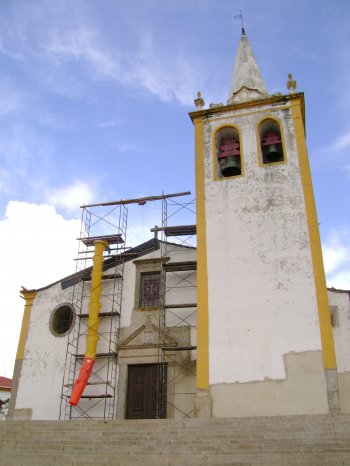Explore the best places
Heritage in Portugal
Igreja Paroquial de Santo Aleixo da Restauração
- heritage
Praça da Restauração
7875-150, Santo Aleixo da Restauração
The primitive temple was built in 1626. In 1644 it served as a refuge for the population during the Castilian offensive, and was then destroyed. Rebuilt in 1683, it was damaged again during the War of Succession. In 1733 it went from a structure with three naves to a single nave. The church, overlooking the village, has a facade with a niche and the bell tower.
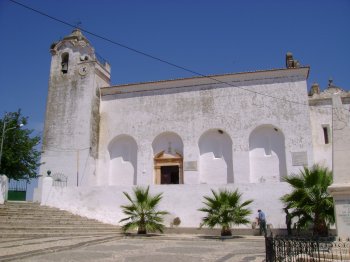
Castelo de Moura
- heritage
Calçada do Castelo
7860-009, Moura
Located on a limestone elevation, this castle has a keep dating from the time of Dom Dinis, which stands out for its volume. It was after the reconquest from the Moors that King Dinis had the castle completely remodeled, which had housed the Moors for 400 years. Later, King João I ordered the fortress to be expanded, but the War of Succession and the 1755 earthquake contributed to its state of ruin. On the southeast side there is an elbow-shaped entrance portal and a vaulted tunnel. Next to the castle there are ruins of the Convent of the Dominican Nuns …

Igreja de São João Baptista / Igreja Matriz de Moura
- heritage
Praça Sacadura Cabral
7860-207, Moura
Manueline temple, built at the end of the 15th century, where the portals, 17th century tiles and stonework stand out. The unique aspect of this church is the existence of an outdoor altar, built in the 17th century.

Atalaia da Cabeça Magra
- heritage
EN258
7860-354, Moura
Also known simply as Atalaia Magra, it is a semi-ruined round watchtower, associated with the defense system centered on the castle of Moura and in visual connection with the watchtowers of Porto Mourão, Coutada and Alvarinho.
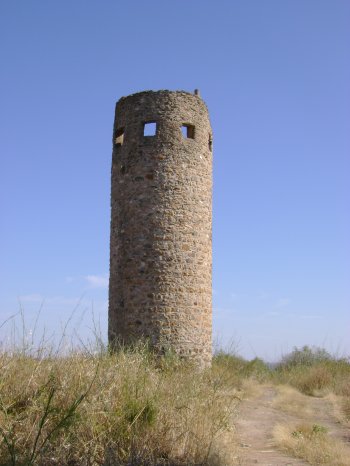
Conjunto Urbano da Mouraria de Moura
- heritage
Largo da Mouraria
7860, Moura
Housing set associated with the Moorish period, which preserves a good urban unit. It is made up of four large streets and a square with archaeological remains, where the Arab Museum is located. Constructions in mud, with reed roofs and Moorish tiles, whitewashed with white lime, highlighting the cylindrical chimneys with a conical dome.
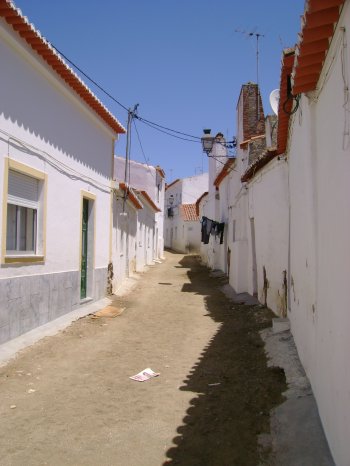
Fontes Medievais de Flor da Rosa / Fonte Branca
- heritage
Rua de São Bento
7430, Flor da Rosa
Medieval fountain that belongs to the Flor da Rosa Convent, with a quadrangular tank, stairs and granite frame.
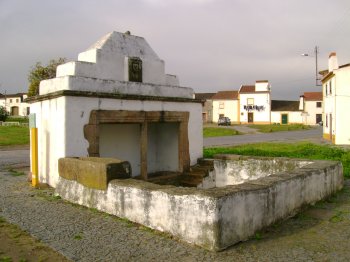
Capela de Nossa Senhora do Bom Sucesso
- heritage
Rua 5 de Outubro, 33-35
7430-137, Crato
Small chapel that is part of a building. It does not have a door to the outside as it was built to be a prison chapel. The facade has a large window with granite jambs and a central column, right lintel and interrupted pediment, decorated with volutes and shells. Of note is the altar entirely built in marble and the image of the Lady of Bom Sucesso located inside the aedicule, in a round arch, on a pedestal.
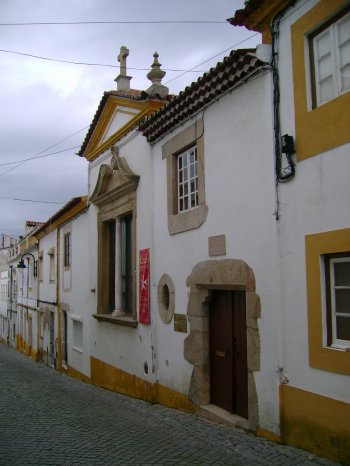
Antigo Convento de Santo António
- heritage
Rua do Convento
7430-152, Crato
Franciscan convent founded in 1603 by Leonardo de Campos and follows the typology of this type of convent. For this reason and the interior treasures it contains, it is given great heritage value. Inside, the tiles with a 17th century pattern stand out, as well as the altarpieces and tombstones from the end of the 18th century. It currently operates as a mercy hospital and pharmacy.
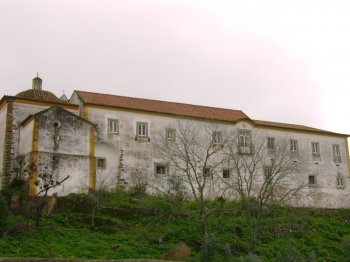
Varanda do Grão-Prior
- heritage
Praça do Município, 7
7430-130, Crato
Dating back to the 16th century, this is what remains of the Grão Prior do Crato Palace. It is composed of a roof resting on three round arches with columns and two thick pillars on the corners. Of note is the curtain decorated with rose windows and slit openings and two side arches, based on corbels that allow passage under the balcony.
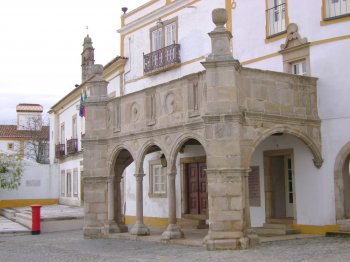
Igreja da Nossa Senhora da Conceição
- heritage
Largo da Igreja
7430, Crato
Temple built in the 13th century, it was completely rebuilt in the 15th century and remodeled in the 16th and 17th centuries. The facade, flanked by a bell tower, consists of a portico with a pediment surmounted by the Maltese Cross. Noteworthy are the 18th century tiles, the 17th century carvings, the 15th and 16th century statuary and the 16th century decoration on the exterior of the main chapel.
